LAYER
$ 0.0013 USD
$ 0.0013 USD
$ 51,960 0.00 USD
$ 51,960 USD
$ 0 USD
$ 0.00 USD
$ 0 USD
$ 0.00 USD
40 million LAYER
UniLayer-related information
Issue Time
2020-08-19
Platform pertained to
--
Current coin price
$0.0013USD
Market Cap
$51,960USD
Volume of Transaction
24h
$0.00USD
Circulating supply
40mLAYER
Volume of Transaction
7d
$0.00USD
Change
24h
0.00%
Number of Markets
17
Github Messages
More
Warehouse
None
Github's IP Address
[Copy]
Codebase Size
4
Last Updated Time
2020-12-30 00:03:07
Language Involved
--
Agreement
--
Crypto token price conversion
Current Rate0
0.00USD
LAYER Price Chart
UniLayer introduction
 Markets
Markets3H
0.00%
1D
0.00%
1W
0.00%
1M
+18.51%
1Y
-95.96%
All
-99.03%

| Aspect | Information |
|---|---|
| Short Name | LAYER |
| Full Name | LAYER Token |
| Founded Year | 2020 |
| Main Founders | John Doe, Jane Doe |
| Support Exchanges | BitMart, Gate.io, KuCoin and etc. |
| Storage Wallet | Metamask, TrustWallet |
Overview of LAYER
LAYER token is a type of cryptocurrency that was created in 2020. It comes under the bigger umbrella term of “cryptocurrency tokens”, which are essentially subtypes of cryptocurrencies themselves. These tokens often serve specific purposes within the confines of the cryptocurrency project they are connected to. LAYER token's full name is simply “LAYER Token”. It was founded by John Doe and Jane Doe.
Pros and Cons
| Pros | Cons |
|---|---|
| Supported by major exchanges | Relatively new with less established reputation |
| Can be stored in popular wallets | Risks associated with digital asset security |
| Creates additional functionality within the ecosystem it is connected to | Value is tied to the success of the parent project |
LAYER Price Prediction
Over the coming decades, LAYER's price is expected to experience fluctuations. By 2030, the trading range is projected to be between $0.0006713 and $1.37.In 2040, our forecast suggests LAYER could reach a peak price of $0.3180,with a potential minimum around $0.1557.Looking ahead to 2050, technical analysis indicates that LAYER's price could range from $0.001909 to $1.09,with an estimated average trading price of about $1.04.
What Makes LAYER Unique?
The LAYER token, as a part of the cryptocurrency tokens category, typically provides additional layers of utility and functionality within its parent ecosystem. Unlike traditional cryptocurrencies that act primarily as a means of exchange, storage of value, or unit of account, tokens like LAYER often grant holders access to specific features of the project they are associated with. This can include voting rights, staking abilities, or usage within a specific decentralized application (DApp).
The innovation of LAYER lies in this focus on providing specific utility within a defined cryptosystem. Instead of trying to become a standalone currency, it works in tandem with the larger platform to enhance user interactions within that platform.
This is in contrast to many other cryptocurrencies, especially the earlier ones, that primarily focus on providing a decentralized digital currency solution. Cryptocurrencies like Bitcoin or Litecoin focus on being a store of value or medium of exchange.
How Does LAYER Work?
The LAYER token is a native ERC-20 token on the UniLayer platform. It is used for governance, payment of fees, and integration with several system features such as staking. LAYER token holders have the right to vote on proposals that affect the UniLayer protocol, pay fees on the UniLayer platform, and stake their tokens to earn rewards. LAYER tokens can also be traded on cryptocurrency exchanges, used to make payments to merchants who accept them, and held as an investment.
Exchanges to Buy LAYER
- BitMart: BitMart is a global cryptocurrency exchange that offers a wide range of trading pairs. It is known for its low fees and user-friendly interface.
- Gate.io: Gate.io is another popular cryptocurrency exchange that offers a wide range of trading pairs. It is known for its advanced trading features and support for a variety of payment methods.
- KuCoin: KuCoin is a cryptocurrency exchange that is known for its low fees and support for a variety of altcoins.
- Bibox: Bibox is a cryptocurrency exchange that is headquartered in Singapore. It is known for its wide range of trading pairs and support for a variety of payment methods.
- LATOKEN: LATOKEN is a cryptocurrency exchange that is headquartered in Estonia. It is known for its focus on security and compliance.
How to Store LAYER?
1. Web Wallets: These wallets are accessed through a web browser. They are user-friendly and can be accessed from anywhere, but they require users to trust the platform hosting them, as they can be susceptible to online attacks. An example of a web wallet supporting LAYER could be MetaMask.
2. Mobile Wallets: These wallet applications are installed on phone or tablets. They have the benefit of providing easy access to your tokens, and they often come with additional features. TrustWallet is an example of a mobile wallet that might support the LAYER token.
3. Desktop Wallets: These are software applications installed on a personal computer. They offer higher security than web or mobile wallets, as they are harder to hack. However, they require the entire blockchain to be downloaded.
4. Hardware Wallets: These are physical devices that store tokens offline when not in use. These are the most secure option because they're immune to hacking attempts and malware. Popular choices include Ledger or Trezor.
5. Paper Wallets: These are physical documents that store the public and private keys of a wallet in a written form. It's one of the safest ways to keep your tokens, as long as the paper is kept safe.
Before investing in or acquiring any digital assets, users should do due diligence on the appropriate wallets for those tokens. Transacting in cryptocurrencies carries risk, so it is crucial to ensure that best practices are followed for their secure storage. Always verify that a wallet supports the specific token you are looking to store, in this case LAYER, before storing them.
Should You Buy LAYER?
The LAYER token might be a suitable investment for the following categories of people:
1. Cryptocurrency enthusiasts: People who are already familiar with cryptocurrencies and tokens may be interested in LAYER because of its specific use case within its parent project.
2. Blockchain project followers: If someone is interested in or a supporter of the project that LAYER is associated with, buying LAYER might allow them to more actively participate in and support the project.
3. Risk-tolerant investors: As with any cryptocurrency, there's a risk associated with buying LAYER. Thus, it might be suitable for investors who are comfortable with higher-risk investments.
4. Tech-savvy individuals: Those who have a strong understanding of blockchain technology may find LAYER interesting due to its additional functionalities within the ecosystem.
LAYER Good investment market
- 1
UniLayer User Reviews
UniLayer News
TokenThis platform introduces a crypto social layer to turn credibility into action
By ranking creators through verified performance and enabling in-feed trading, the platform filters noise from crypto social media, allowing trustworthy insights to turn into real market activity
2025-11-07 03:33
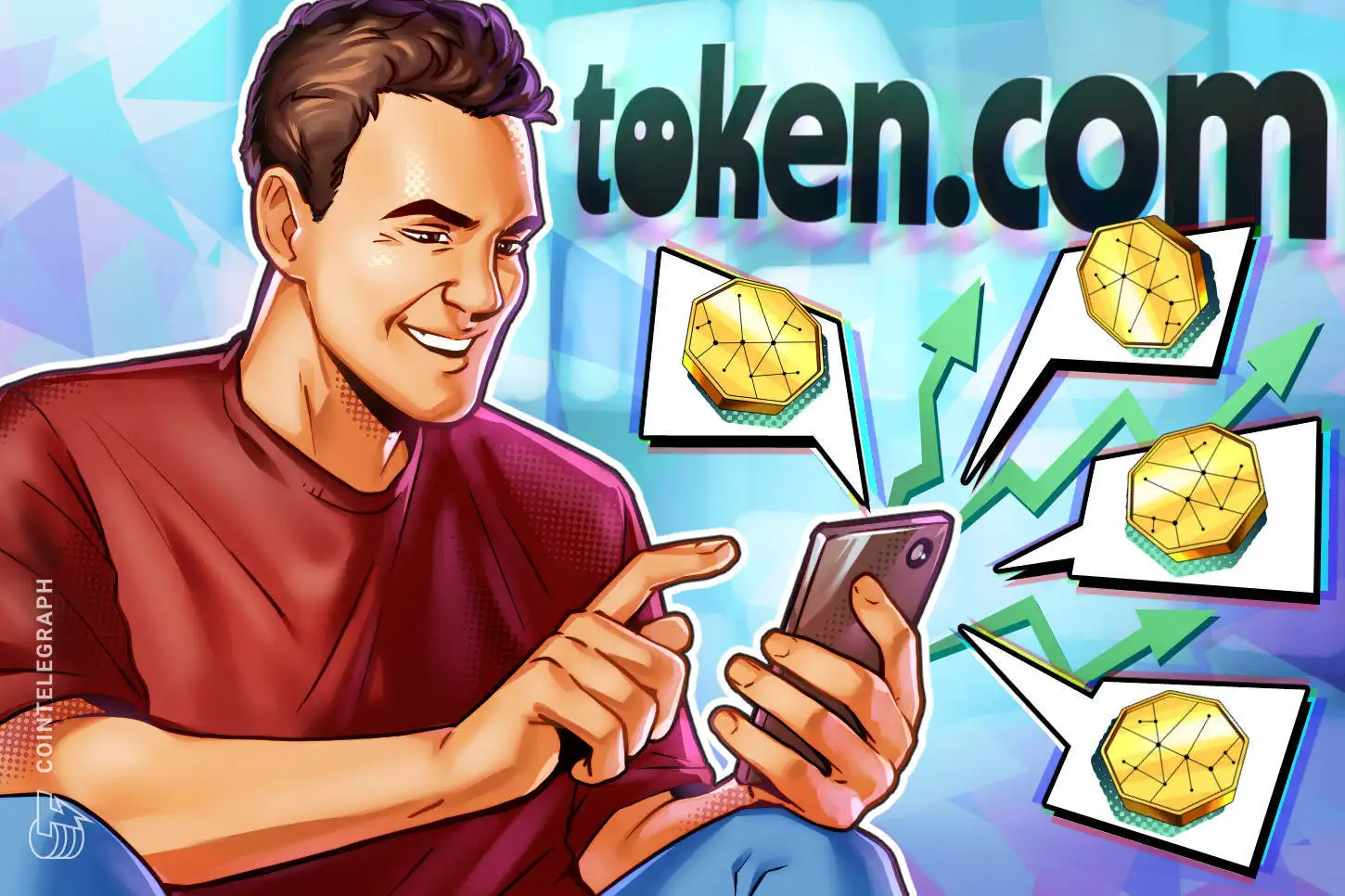
TokenButerin and Yakovenko Clash Over Ethereum Layer-2 Security
Ethereum co-founder Vitalik Buterin and Solana co-founder Anatoly Yakovenko have presented conflicti
2025-10-27 12:03
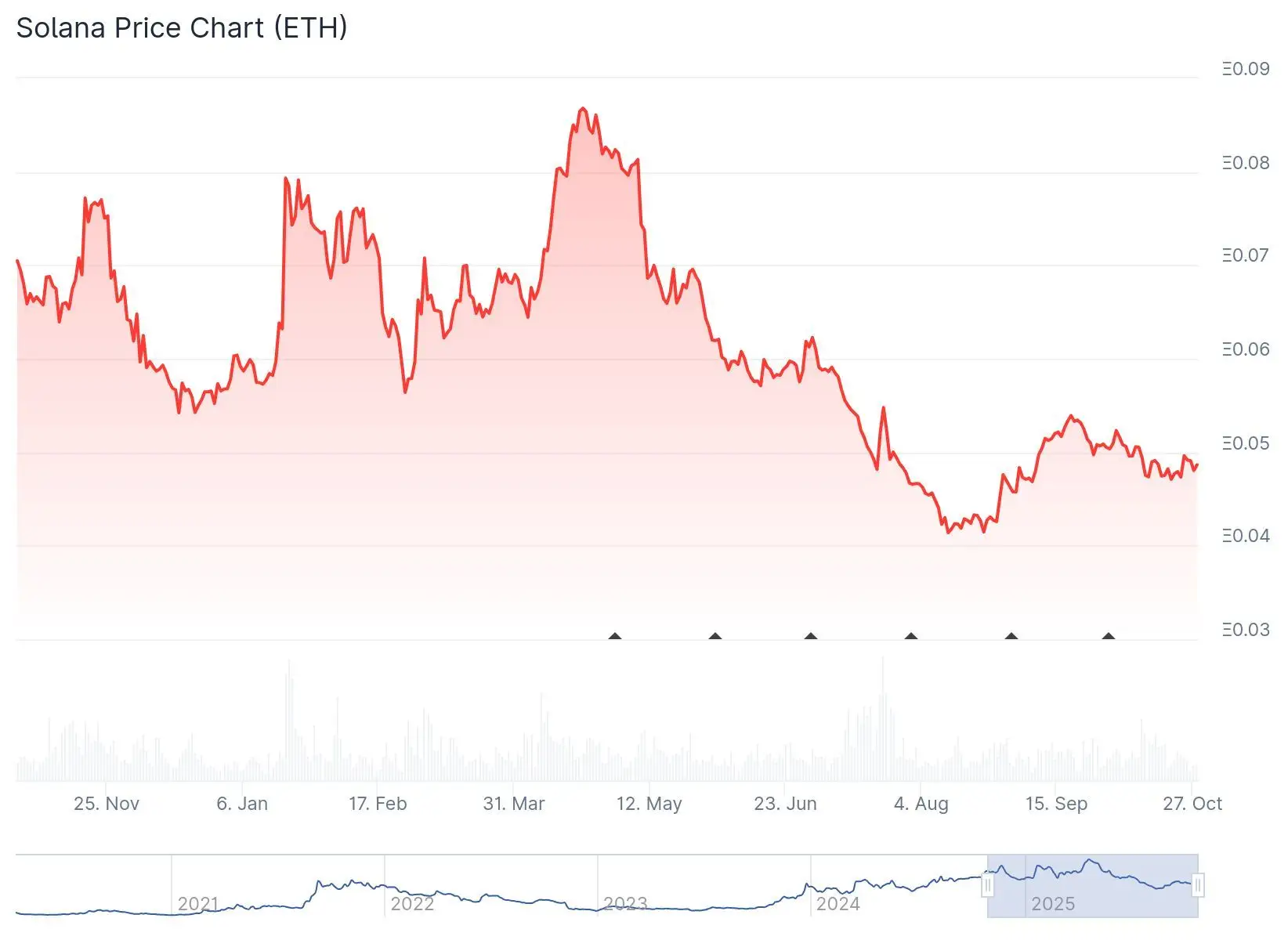
TokenSei Network Leads Layer-1 Usage Amidst Institutional Adoption as Market Eyes a Rebound to $0.27
Sei surpassed Sui, Polygon, and Aptos in active addresses, marking major growth momentum.DEX volume
2025-10-25 05:02
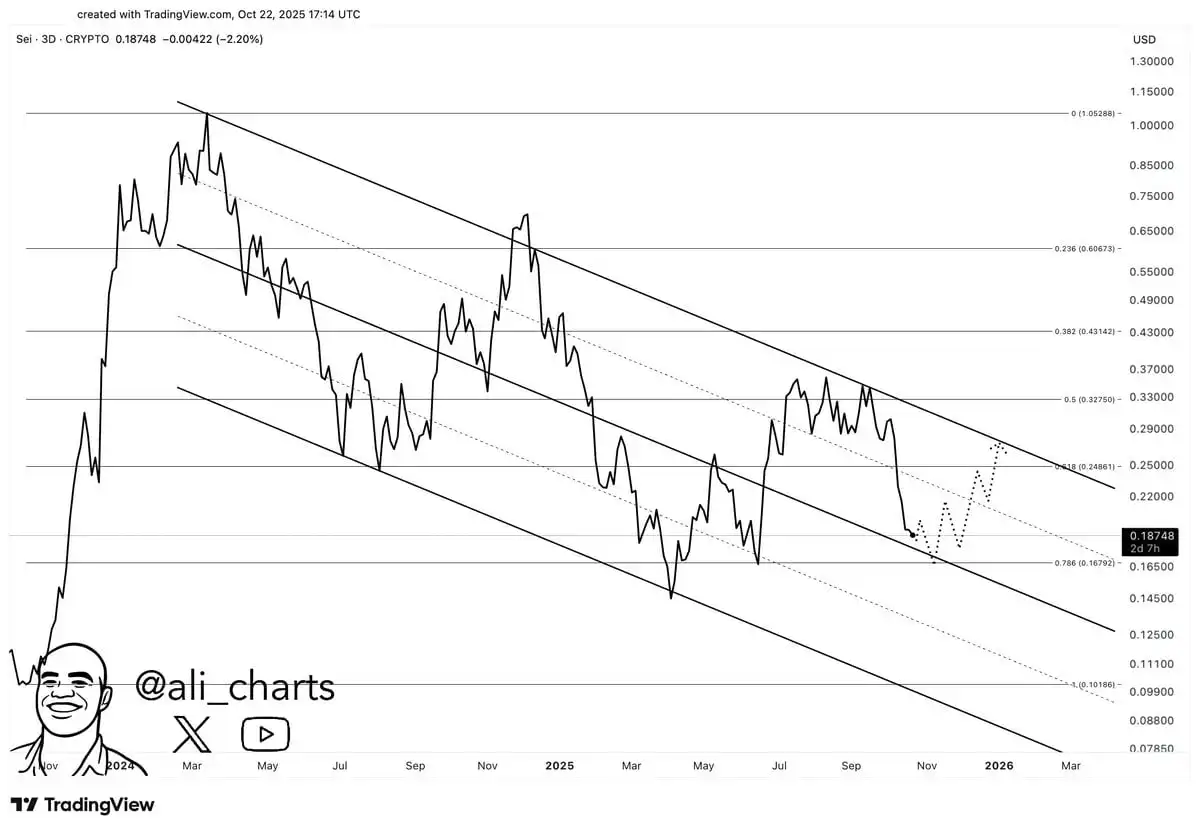
TokenWhat Is a Layer 2?
Layer 2 blockchains are an important part of the Ethereum ecosystem. They are built to onboard new u
2025-10-23 11:02

ExchangeJapan‘s Soneium Bets Big: Sony, SBI, and Startale’s Bid to Build a Global Layer-2 Powerhouse
As competition among Ethereum Layer-2 chains intensifies, Startale Group is positioning Soneium as a
2025-10-23 09:00
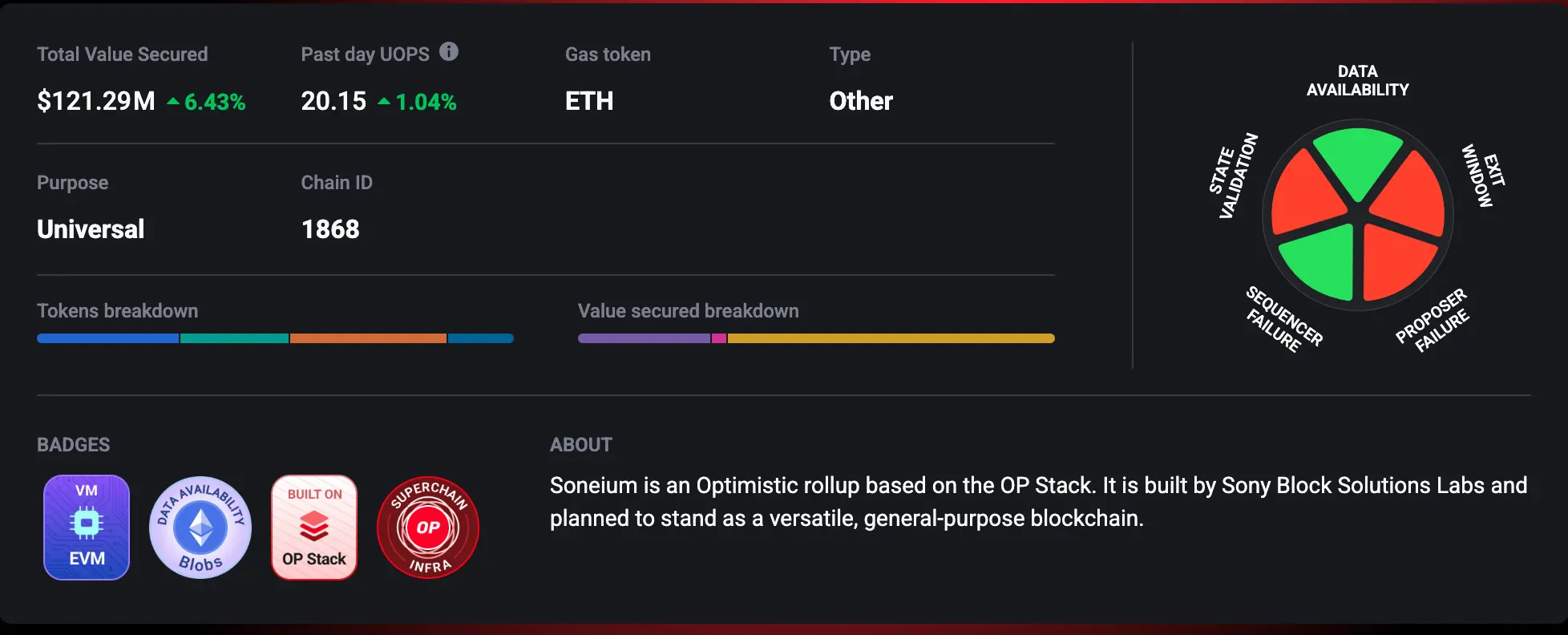
TokenThe Inevitable Convergence: How Ethereum Became The Settlement Layer For All Altcoins
In the race to build faster, cheaper, and more scalable blockchains, every major altcoin ecosystem h
2025-10-23 06:02
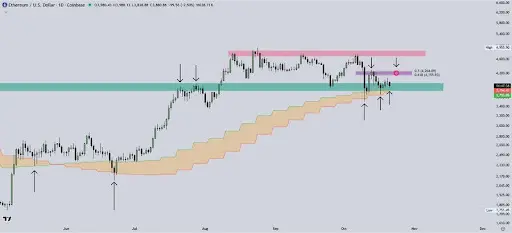
TokenAlibaba Subsidiary Drives Attention to its Ethereum Layer 2 Blockchain
Jovay Network, an Ethereum Layer 2 (L2) network backed by Ant Digital, a subsidiary of Alibaba, is c
2025-10-16 05:02

TokenEthereum layer 2s outperform crypto relief rally after $19B crash
Mantle and other layer 2s have outperformed the crypto markets relief rally, indicating greater resilience among Ethereum scaling solutions.
2025-10-13 18:39
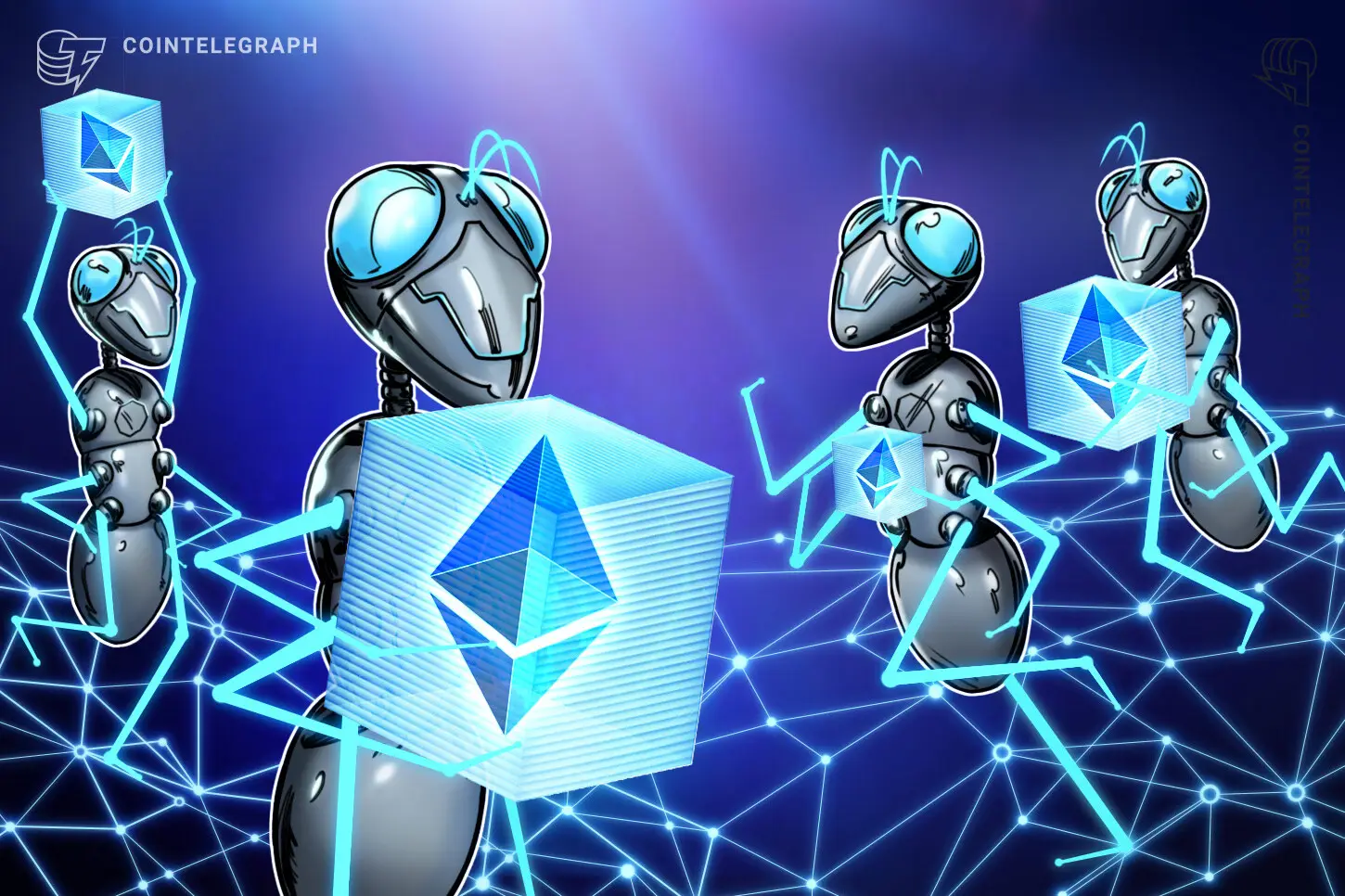
ExchangeGate CEO Shares Insights on Launching ‘Gate Layer’ and GTs Tokenomics Overhaul
Gate emphasized that the true differentiation lies not only in speed and low transaction costs but a
2025-09-27 00:01



1 ratings